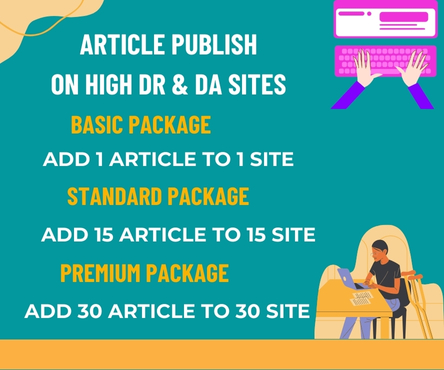In the digital era, content consumption is rapidly shifting, with readers becoming increasingly selective about how they access and engage with information. While PDFs have long been a standard format for documents, flipbooks are emerging as a more dynamic and interactive alternative. Flipbooks, often referred to as digital publications, offer a rich reading experience that goes beyond static PDFs, making them an ideal choice for businesses, educators, and publishers aiming to boost reader engagement. Here’s why flipbooks are gaining popularity and how they can transform your digital content strategy. Meet here flipbook maker
Enhanced Visual Appeal
One of the most immediate advantages of flipbooks over PDFs is their visually appealing format. Flipbooks mimic the experience of reading a physical book, with pages that can be flipped digitally. This interactive feature, combined with dynamic layouts, vibrant images, and multimedia elements like videos and audio, creates an immersive experience. Readers are drawn to the smooth, realistic page-turning effect, which adds a tactile feel to the digital medium. In contrast, PDFs often come across as static, lacking the interactive and visually stimulating qualities that flipbooks offer.
Interactivity and Multimedia Integration
Flipbooks stand out by offering a higher level of interactivity. While PDFs primarily serve as a document with text and images, flipbooks allow for the integration of multimedia elements like embedded videos, sound clips, animations, and clickable links. This not only enhances the user experience but also helps engage readers on a deeper level. For example, an educational flipbook can include instructional videos or interactive quizzes, making the learning process more engaging. For businesses, flipbooks can include clickable call-to-action buttons or links to products, services, and additional content, driving customer interaction and conversion.
Improved Navigation
Navigating a flipbook is typically easier and more intuitive than navigating a PDF. Flipbooks often come with built-in navigation tools such as clickable table of contents, page thumbnails, and search functions, allowing readers to quickly find the information they need. In contrast, PDFs can be cumbersome to navigate, especially in large documents. While a PDF might require scrolling through endless pages or manually searching for a specific section, flipbooks streamline this process with interactive features that allow users to jump directly to the content they are interested in.
Mobile-Friendly Experience
In today’s mobile-first world, it’s crucial that content is optimized for viewing on smartphones and tablets. Flipbooks are designed to be responsive, adapting seamlessly to various screen sizes. Whether on a desktop, tablet, or smartphone, flipbooks retain their functionality and design integrity, ensuring a consistent and smooth reading experience. PDFs, on the other hand, can be difficult to read on smaller screens, often requiring zooming in and out to view text and images properly.
Increased Engagement and Retention
The interactive nature of flipbooks leads to higher engagement and better retention of information. Studies have shown that people tend to spend more time with content that is engaging and interactive. The dynamic layout and multimedia elements of flipbooks encourage readers to interact with the content in ways that PDFs simply cannot match. As a result, flipbooks can help increase time spent on a page and reduce bounce rates, ultimately leading to greater audience retention and improved conversion rates for businesses.
Eco-Friendly Alternative
Although this may not be immediately obvious, flipbooks also offer an eco-friendly advantage over traditional print materials. By moving away from physical printing, businesses and publishers can reduce their carbon footprint and save resources. Readers can access flipbooks instantly without the need for paper, ink, or shipping, contributing to a more sustainable approach to content distribution.
Conclusion
While PDFs remain a popular choice for document sharing, flipbooks provide an exciting and interactive alternative that significantly enhances reader engagement. With their visual appeal, interactivity, ease of navigation, mobile optimization, and multimedia capabilities, flipbooks offer a richer, more dynamic experience. For businesses, educators, and publishers looking to captivate their audience and keep them engaged, flipbooks are the future of digital content presentation. Embracing this format can not only improve user engagement but also help build stronger connections with your audience.

